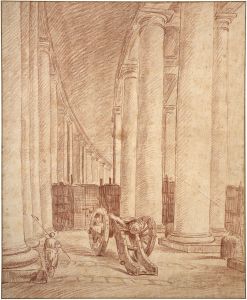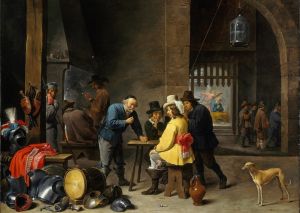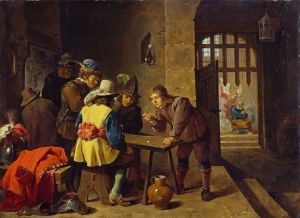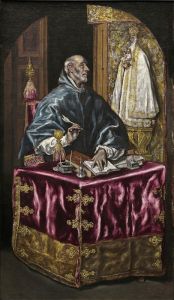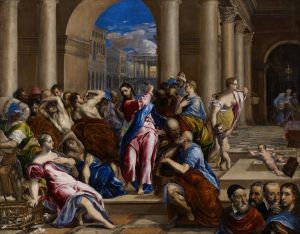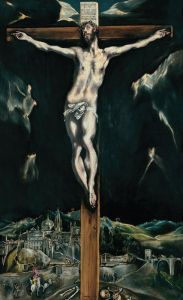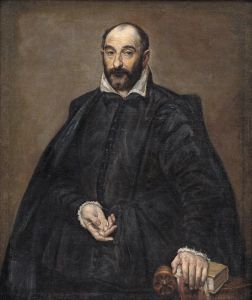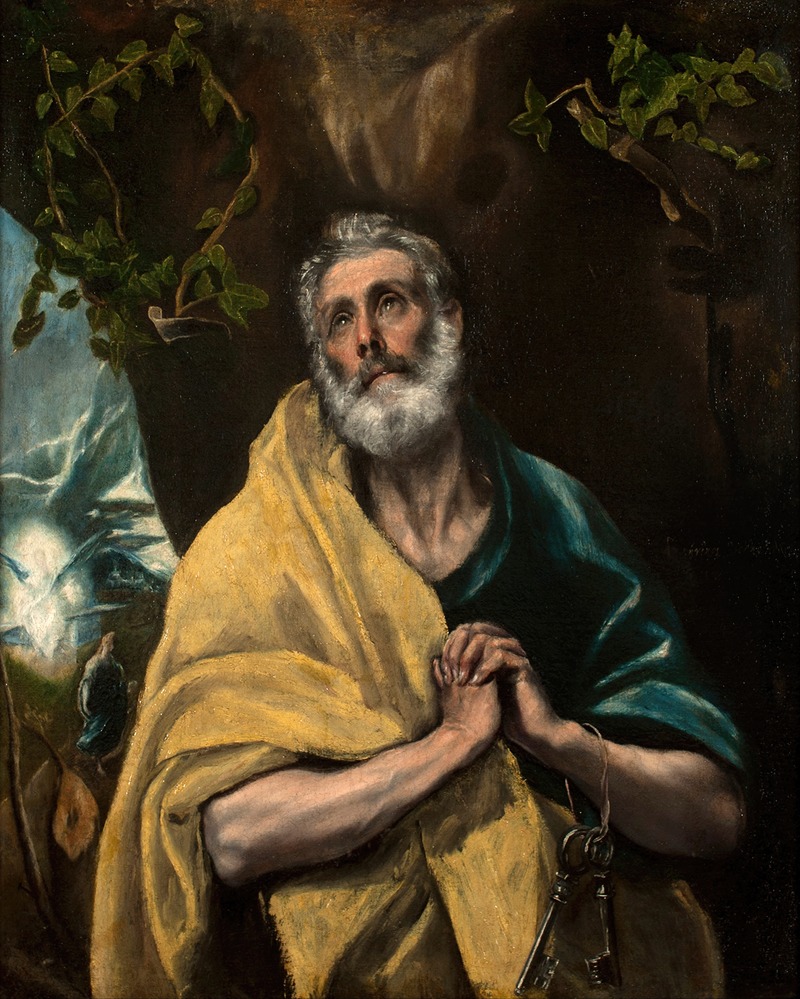
Saint Peter in Tears
A hand-painted replica of El Greco (Domenikos Theotokopoulos)’s masterpiece Saint Peter in Tears, meticulously crafted by professional artists to capture the true essence of the original. Each piece is created with museum-quality canvas and rare mineral pigments, carefully painted by experienced artists with delicate brushstrokes and rich, layered colors to perfectly recreate the texture of the original artwork. Unlike machine-printed reproductions, this hand-painted version brings the painting to life, infused with the artist’s emotions and skill in every stroke. Whether for personal collection or home decoration, it instantly elevates the artistic atmosphere of any space.
"Saint Peter in Tears" is a notable painting by the renowned artist El Greco, whose real name was Domenikos Theotokopoulos. El Greco was a prominent painter, sculptor, and architect of the Spanish Renaissance, known for his distinctive style that combined elements of Byzantine tradition with Western painting techniques. This particular work, "Saint Peter in Tears," exemplifies El Greco's unique approach to religious subjects, characterized by elongated figures, dramatic use of color, and expressive emotional content.
The painting depicts Saint Peter, one of the twelve apostles of Jesus Christ, in a moment of deep remorse and penitence. This scene is inspired by the biblical account of Peter's denial of Christ. According to the Gospels, Peter denied knowing Jesus three times before the rooster crowed, fulfilling Jesus' prophecy of his denial. Overcome with guilt and sorrow, Peter wept bitterly, a moment captured poignantly by El Greco in this artwork.
El Greco's portrayal of Saint Peter is marked by the artist's signature style. The figure of Peter is elongated, with exaggerated features that convey a sense of spiritual intensity and emotional depth. His eyes are cast downward, and his hands are clasped in a gesture of prayer or supplication, emphasizing his contrition. The use of light and shadow in the painting highlights Peter's face and hands, drawing the viewer's attention to his expression of sorrow and repentance.
The background of the painting is relatively simple, allowing the focus to remain on the figure of Saint Peter. El Greco often employed such backgrounds to enhance the emotional impact of his subjects. The color palette is dominated by rich, deep tones, with a particular emphasis on blues and earth tones, which are characteristic of El Greco's work and contribute to the somber mood of the painting.
"Saint Peter in Tears" is an excellent example of El Greco's ability to convey complex emotional and spiritual themes through his art. His work often reflects a deep engagement with religious subjects, and this painting is no exception. El Greco's interpretation of Saint Peter's remorse is both personal and universal, capturing a moment of human weakness and divine forgiveness.
El Greco's influence on the art world extends beyond his lifetime, as his work was rediscovered and celebrated by later generations of artists, particularly in the 19th and 20th centuries. His innovative approach to form and color, as well as his ability to convey profound emotional and spiritual themes, has earned him a lasting place in the history of art.
The painting "Saint Peter in Tears" is housed in various collections, and like many of El Greco's works, it continues to be studied and admired for its artistic and historical significance. Through this painting, El Greco not only captures a pivotal moment in Christian narrative but also invites viewers to reflect on themes of repentance, forgiveness, and the human condition.





